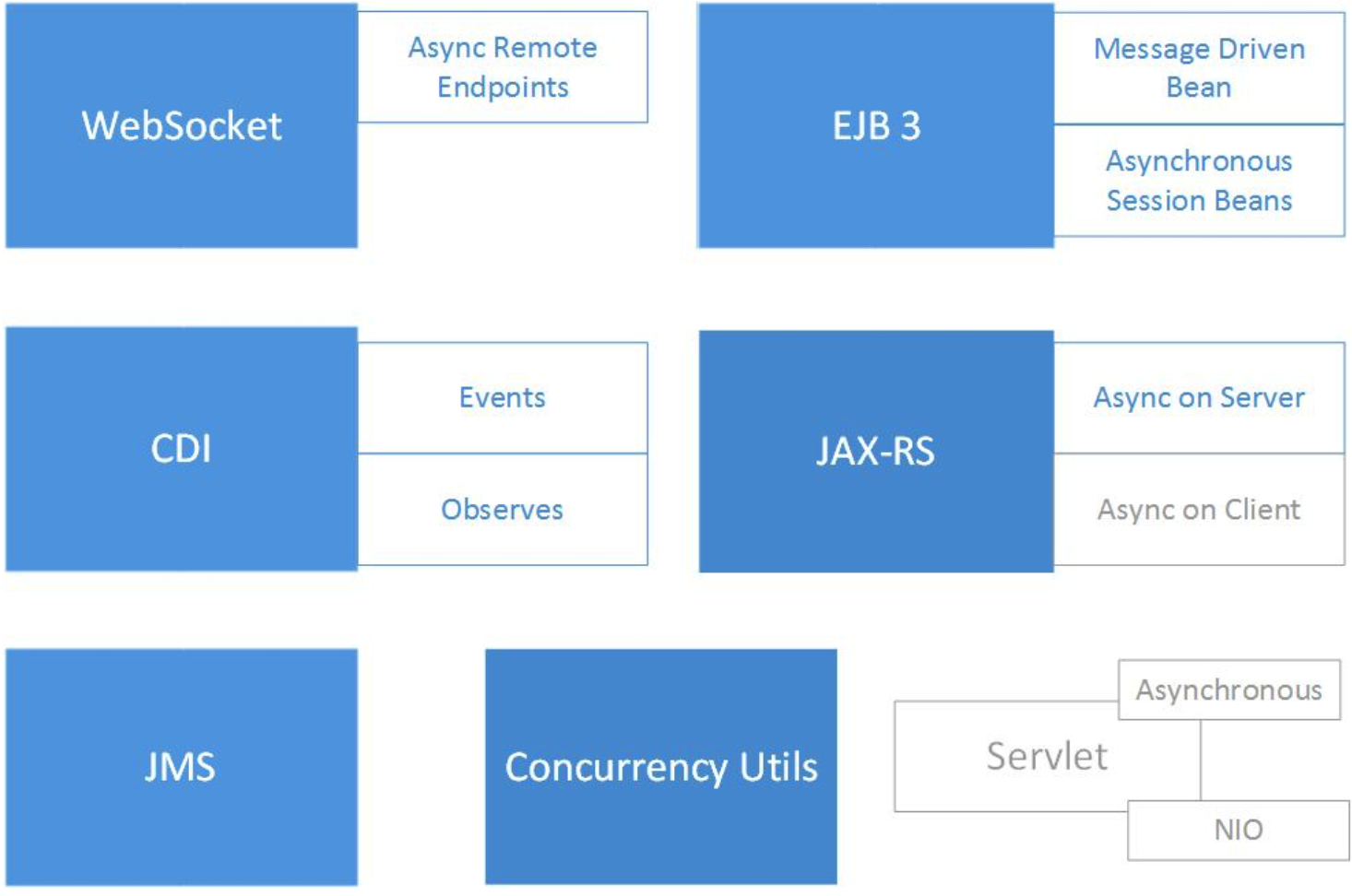The last day of JavaOne 2016 was a bit more relaxed than the previous days. It started with the Java Community Keynote, which, if you haven’t experienced it before, is a play featuring members of the community. In this case, it was a developers’ take on Star Wars. The last few regular sessions take place after the show.
Session 1: The deploy master: From basic to zero downtime, blue/green, A/B, and canary
The first session of the day extended the topic of microservices with emphasis on deployment. It pointed out the principles of zero-downtime deployment and explained the concepts of blue-green and canary releases. Everything was illustrated using an OpenShift-based microservices example. Some interesting tools mentioned included Feign, Zuul and FF4J.
Session 2: Interactive development and fast feedback with Java 9 REPL
The last conference session by Venkat Subramaniam was focused on JShell, a Read-Evaluate-Print-Loop (REPL) implementation in Java 9. The talk was essentially a complete tutorial covering pretty much everything the tool is capable of, from basic navigation to configuration and examination of variables and method signatures. If you haven’t seen JShell in action before, you should definitely try it out. It’s a great learning, experimenting and prototyping tool.
Session 3: Reactive Java EE
The talk provided an overview of basic concepts of reactive programming and touched on how to implement some of its aspects using Java EE, a stack you don’t usually bring up when reactive is mentioned. The solution is best described with the following image from the slides:

You can find the full deck here.
Session 4: Reactive microservices with Vert.x
I decided to wrap up the conference with a session on Vert.x, a toolkit for building reactive applications on the JVM. Although I don’t use the framework, I consider it a very interesting piece of technology worth spending some time with. The talk covered basic microservices principles as well as elementary Vert.x concepts, followed by a nice and fairly complete demo. I believe Vert.x is best learned by example – check out Red Hat Reactive Microservices Architecture, Vert.x Microservices examples and Vert.x - From zero to (micro)-hero.
For information about other sessions at JavaOne, check out JavaOne: Day 0, JavaOne: Day 1, JavaOne: Day 2 and JavaOne: Day 3.

Comments